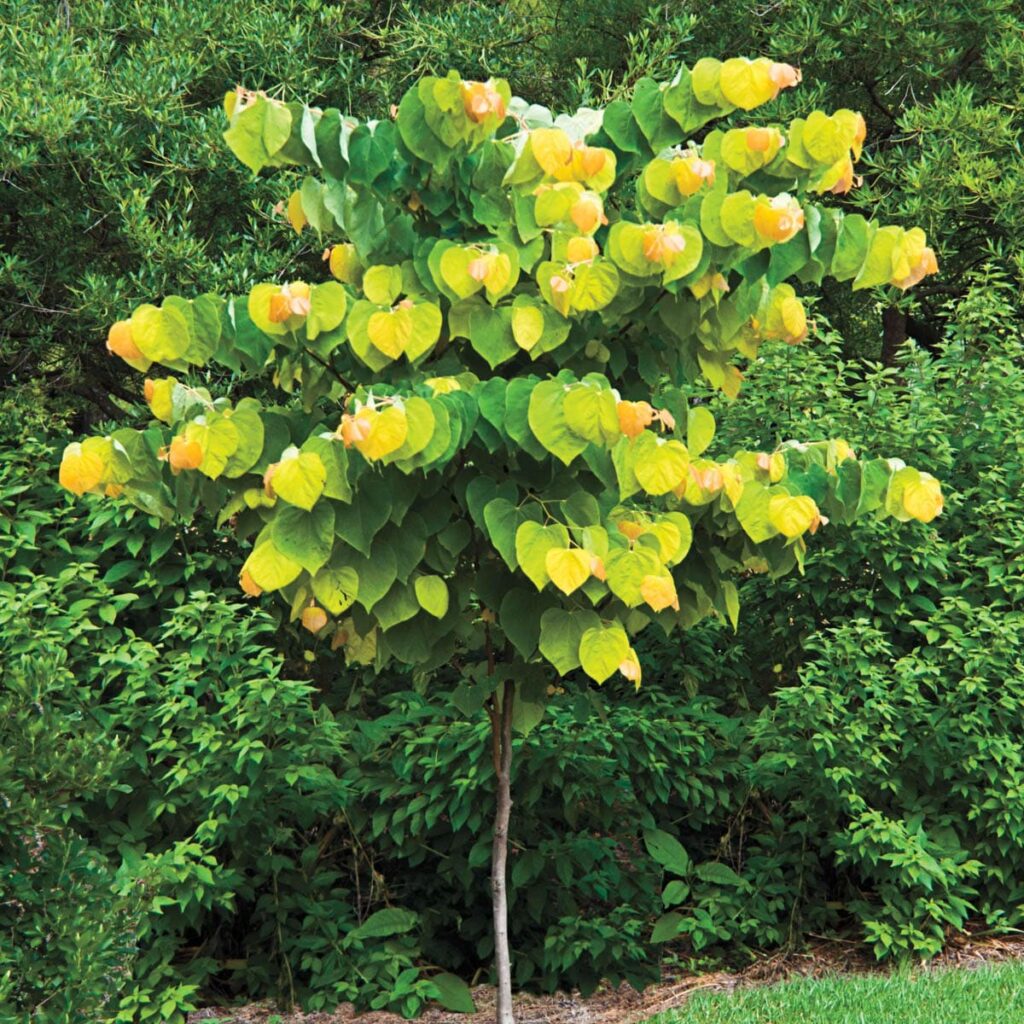Introduction:
Redbud trees are a stunning addition to any landscape, boasting vibrant bursts of color and graceful branching patterns. As an arborist in Buffalo, NY, understanding the unique characteristics and potential challenges associated with Redbud trees is essential for providing top-notch tree care services. In this blog post, we’ll dive into the world of Redbud trees, highlighting their beauty, common issues to watch out for, and tips for maintaining their health and longevity.

- The Beauty of Redbud Trees:
Redbud trees (Cercis) are known for their captivating pink or purple flowers that bloom in early spring, providing a breathtaking display of color. They offer a striking contrast against the backdrop of Buffalo’s natural beauty. Redbuds are deciduous trees, featuring heart-shaped leaves that transition through various shades of green throughout the seasons, offering visual interest year-round. - Common Issues to Watch Out For:
While Redbud trees are generally hardy and adaptable, they can encounter a few potential problems. As an arborist, being aware of these issues can help you provide effective care and maintenance: a. Verticillium Wilt: Redbud trees are susceptible to this fungal disease, which causes wilting, yellowing, and leaf drop. Prompt identification and appropriate treatment can help mitigate the impact. b. Canker Diseases: Cankers are localized areas of dead tissue on branches or trunks, caused by various fungi or bacteria. Regular inspections can help detect cankers early, allowing for targeted pruning and prevention of further damage. c. Environmental Stress: Factors like drought, excessive moisture, or extreme temperatures can stress Redbud trees, leading to leaf scorch, stunted growth, or increased vulnerability to pests. Providing proper irrigation, mulching, and protecting against harsh weather conditions can help alleviate stress.
- Tips for Maintaining Redbud Trees:
To ensure the health and longevity of Redbud trees in Buffalo, NY, consider the following maintenance practices: a. Regular Pruning: Prune Redbud trees during their dormant season to remove dead or diseased branches, improve airflow, and maintain an aesthetically pleasing shape. Avoid heavy pruning in the spring to prevent excessive stress. b. Proper Irrigation: Redbuds prefer well-drained soil but benefit from consistent moisture, especially during dry periods. Deep watering and mulching can help retain moisture and promote root health. c. Nutrient Management: Conduct soil tests to determine if any nutrient deficiencies exist. Adjusting fertilization programs based on test results can enhance tree vigor and overall health.
As a Buffalo, NY arborist, understanding the unique characteristics and challenges associated with Redbud trees will enable you to provide exceptional care and expertise to your clients. By appreciating the beauty of these trees, staying vigilant against common issues, and implementing effective maintenance practices, you can help ensure the longevity and vitality of Redbud trees in the local landscape. Remember, a healthy Redbud tree will continue to enchant and inspire for years to come.

